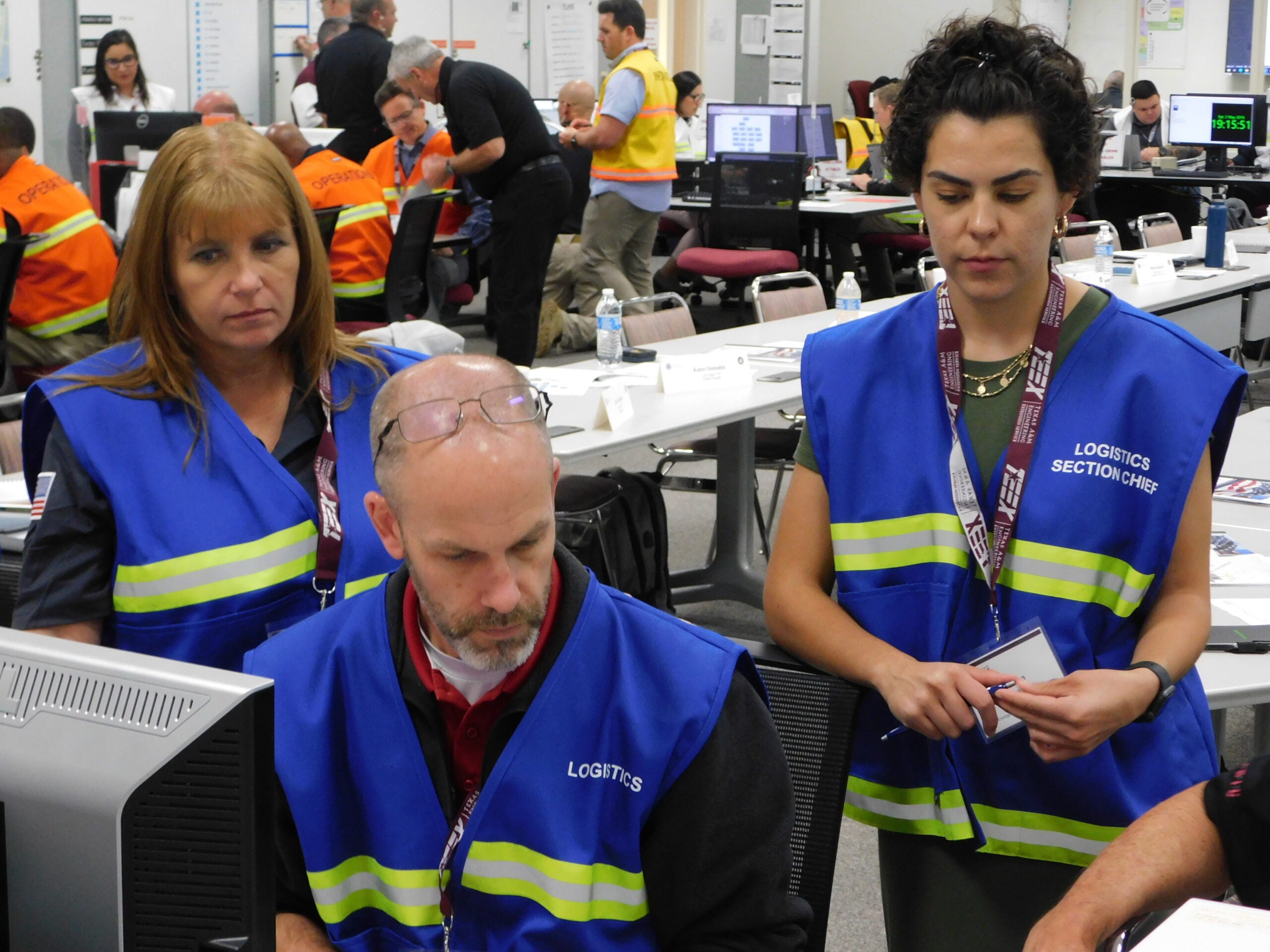WASHUREADY

The power of flood water
Flood water is not a force to be reckoned with. Regardless of if the water is moving or standing, driving your vehicle through any body of water, large or small, can have serious repercussions.
- Six inches: Six inches is enough water to cause vehicle traction issues, including sliding and hydroplaning.
- 12 inches: 12 inches is enough water to flood most cars — although this does vary depending on vehicle size and model. When your car is flooded, it means your engine has been compromised and your vehicle will most likely stall. If your vehicle stalls, turning around is no longer an option and you could potentially get carried downstream by rushing water and currents.
- Two feet: Two feet of flood water is enough to sweep away most vehicles — including large SUVs, vans and trucks. If water is standing, vehicles without significantly raised beds will most certainly flood and stall in this deep of water, as well.
What to do if you encounter a flood or standing water
There are many risks associated with driving through fast-moving flood water, and avoidance by turning around is the number one safety measure you can take as a driver.
If you encounter flood water, we always suggest turning around.
However, we also recognize that there are times when you have no choice but to traverse through rough weather, including flood or standing water. Flooding can happen any time thanks to rain, blocked drains, burst water mains, tides and burst river banks, so it is important to be prepared for navigating such terrain in order to keep yourself, passengers and your vehicle safe.
Here are a few safety tips to consider when driving through a flood or standing water:
- As mentioned above, try to avoid driving through water if you can by finding an alternative route.
- Don’t drive into flood water that’s moving or rises above the center of your wheels.
- Drive in the center of the road (the highest point), paying close attention to oncoming vehicles and other cars/pedestrians on the road.
- Avoid driving in water that downed electrical or power lines have fallen in — electric current passes through water easily.
- Drive slowly and steadily through the water to avoid flooding your engine. Enter the water at 1–2 mph, then accelerate up to 3–4 mph.
- After emerging from the water, let your brakes dry by using them gently in a safe area on the road.
- If your car stalls and you become trapped in rising water, immediately abandon it for higher ground. Try to open the door or roll down the window to get out of the vehicle. If you are unable to get out safely, call 911 or get the attention of a passerby or someone standing on higher ground so that they may call for help.

Fall is a beautiful season, but it brings unique safety challenges.
Road Hazards: Fall weather can make driving more dangerous with rain, fog, wet leaves, and increased wildlife activity.
Dress for Changing Weather: Wear bright or reflective clothing if you’re walking or biking, as shorter days reduce visibility.
Watch for Wet Leaves: Fallen leaves can create slippery surfaces, particularly when wet. Be cautious while walking, running, or biking, and be mindful of leaves accumulating on roads and sidewalks.
Be Prepared for Early Darkness: As days grow shorter, remember to plan outdoor activities with daylight in mind. Carry a flashlight or use reflective gear when outside after sunset.
Stay alert to these seasonal hazards, and enjoy the beauty of fall safely!

PLANNED EVENTS
Outdoor events that expect at least 1,000 attendees use the outdoor event emergency planning form. For indoor events that expect 500 or more attendees, use the indoor event emergency planning form to complete a plan.

Download the WASHU Safe APP
The university safety app, WashU Safe, offers enhanced features such as Friend Walk, Mobile Bluelight, safety notifications, access to emergency procedures and MORE! For more information, visit SafeApp.wustl.edu.

Training
The focus of the Emergency Management Training Program is to provide appropriate and relevant training courses to personnel that may have roles and responsibilities in a disaster event. Learn more on the Training page.
EPC and KMC Program Information
Four Phases of Emergency Management
The Emergency Preparedness Coordinator (EPC) and Key Management Contact (KMC) program is a university-wide initiative, designed to help each department or school prepare to respond to emergencies on campus. Department managers should designate an EPC and KMC, who will attend trainings on how to assist with immediate response actions during an emergency. For more information click here. For upcoming training click here.

The Washington University Emergency Management Department incorporates programs that address the four phases of emergency management to increase the university’s ability to respond to and recover from emergencies. These programs support the preparedness of faculty, staff, and students.
- Prevention/Mitigation – refers to measures that reduce the chance of an emergency happening, or reducing the damaging effects of unavoidable emergencies.
- Preparedness – taking steps to increase our ability to respond in the event of an emergency. Preparedness activities include training, conducting exercises and developing plans.
- Response – occurs immediately before, during and after an incident. Response actions are aimed at saving lives and preserving property.
- Recovery – returns the community’s systems and activities to normal. Activities may include repairing damaged buildings, cleaning up debris and restoring basic services.
Follow us on social media!
WashU Emergency Management has LinkedIn, Facebook, X, YouTube, and Instagram accounts! Be sure to follow us @WashUReady for news and preparedness tips.
Danforth Campus EMERGENCY OUTAGES
& ROAD CLOSURES
View a map of currently accessible routes on the Danforth campus.